The Candida Diet: What's True and False About Its Health Benefits?
6 minute read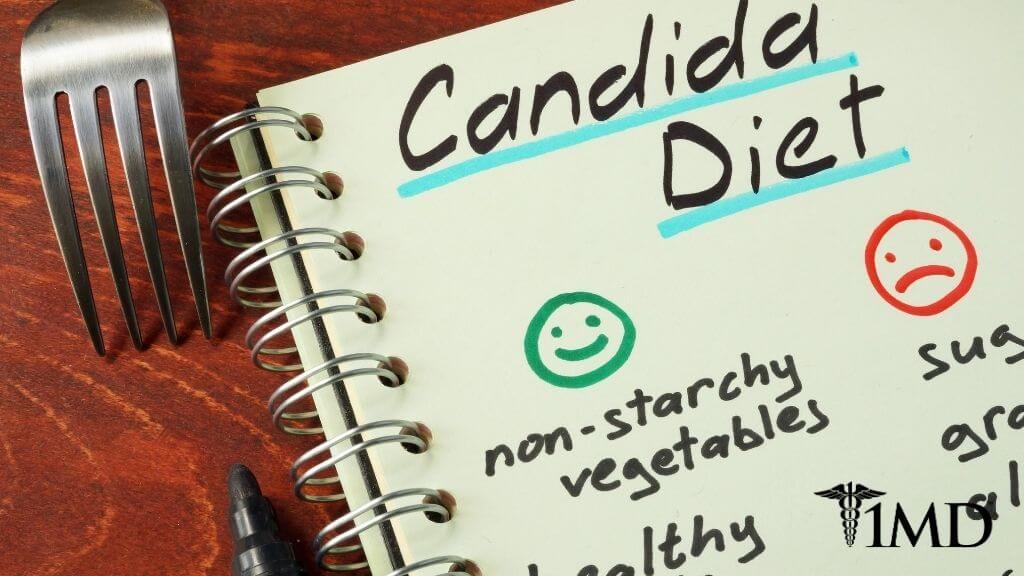
Candida is a fungus (or more specifically, a yeast) that lives in small amounts in certain parts of your body. For the most part, the bacteria in your gut help to keep this yeast under control.
Conditions can change from poor diet, illness, and use of antibiotics that allow Candida to multiply and become overgrown. There is, however, a diet you can follow that helps to control Candida and protect you from overgrowth and infection.
The Facts About the Candida Diet
The Candida diet is designed to eliminate foods that allow the yeast to thrive as well as alleviate the symptoms of infection. In doing so, you can help your body’s natural resources to get control again.
Symptoms of a Candida infection can include nausea, bloating, constipation, chronic fatigue, irritability, joint pain and mood swings. Those with weakened or compromised immune systems are even more at risk for developing a Candida infection.
Along with compromised immunity, excessive antibiotic use, and hormonal imbalance, it is believed that diet plays a role in Candida growth. While certain foods will encourage Candida growth, there are others that will promote the growth and strength of your gut bacteria, which will work to keep Candida in check.
The basis of the Candida diet is to balance these foods so that what you eat doesn’t contribute to Candida overgrowth or possible infection.
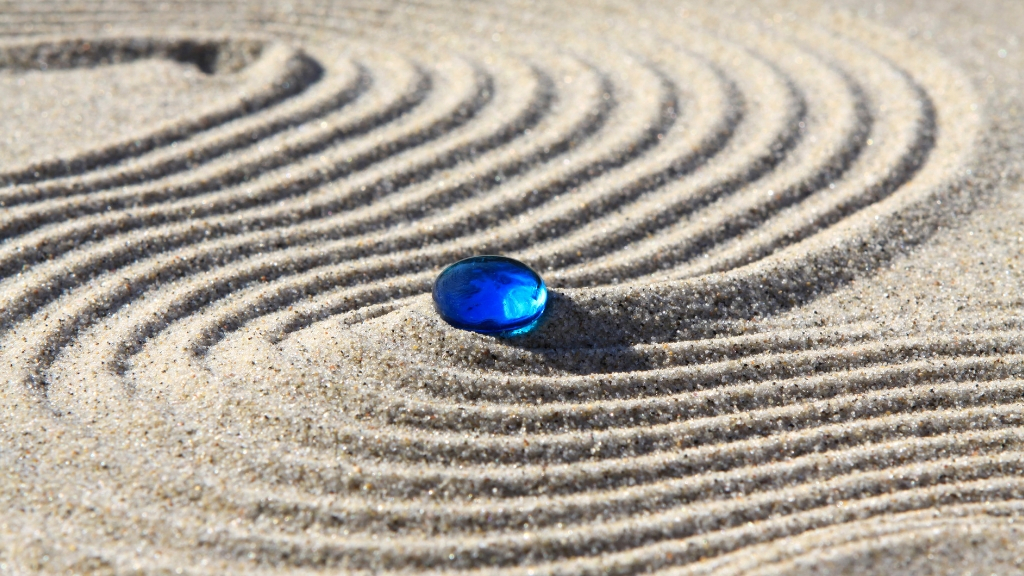
Candida typically is found in the mouth and intestines. By damaging your intestinal walls, the yeast can pass through to your blood and can travel anywhere in your body.
Because of this ability to travel, Candida overgrowth can present as any number of possible symptoms:
♦ Depression, anxiety, mood swings, or irritability
♦ Inability to concentrate or brain fog
♦ Rashes as well as flare-ups of skin conditions such as psoriasis or eczema
♦ Constipation, diarrhea, bloating, gas, and irritable bowel syndrome
♦ Persistent nasal congestion similar to that caused by allergies
♦ Urinary tract problems
There is a link between sugar and Candida growth, which means that individuals with diabetes have a greater risk of infection. Poor diabetes management increases this risk even further.
Candida and other yeasts thrive on sugar, so high blood glucose levels could indicate that excess sugar is valuable in the body for the Candida to use. Foods with high-sugar content as well as artificial sweeteners should therefore be avoided.
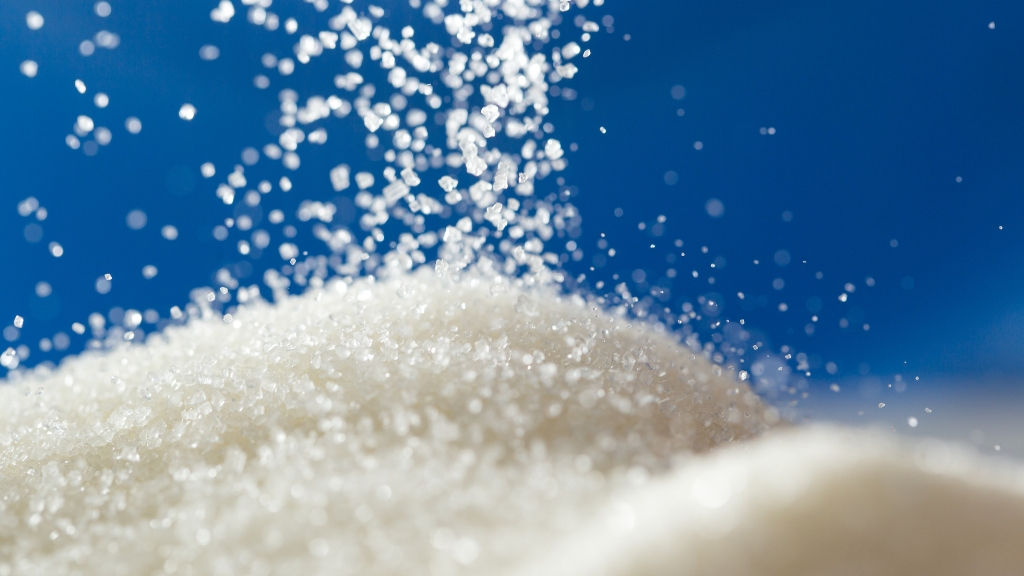
A common misconception about the Candida diet is that avoiding yeast will improve any infections. This is completely false because the yeast used in baking is not the same strain as the yeast that lives inside you.
Although there are reports of gluten causing damage to the intestinal lining, there is no real scientific evidence of this unless you already have Celiac disease. That said, the Candida diet excludes gluten as a simple precaution.
In addition to cutting gluten, dairy should be also avoided because it increases acidity in your mouth, which allows the Candida living there to thrive. It is also recommended that alcohol and caffeine be eliminated or at least significantly cut down as part of the Candida diet.
These can cause food cravings which may encourage unhealthy eating of foods that contribute to Candida growth. The Candida diet is designed to reduce yeast growth, but it ends up reducing inflammation as well.
To this end, the diet helps to promote health and reduce risk for inflammatory-related diseases. The Candida diet includes wholesome and fresh foods which end up promoting gut health. In addition to this you can add probiotics to encourage gut bacterial growth which ultimately can keep Candida under control.
Introducing the Candida Diet to Your Life
It is important to remember that you need to start slow when trying any new diet, and the same is true for the Candida diet. Rather than removing all the target foods at the same time, space their elimination out so that your body can gradually get used to their absence.
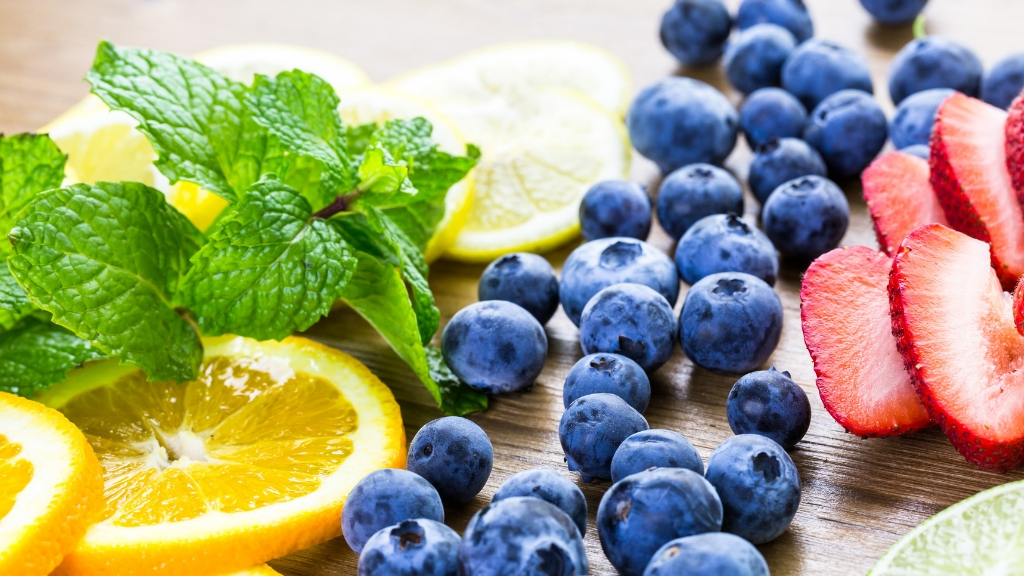
| Related: How to Shop for and Find the Best Candida Control Supplement |
You should also note that this diet is designed for short-term use only—once symptoms have improved, you can return to your regular diet.
After you have cut the sugar, gluten, and possibly dairy, the foods you need to focus on include:
♦ Non-starchy vegetables including asparagus, broccoli, cabbage, cucumber, onion, spinach, tomatoes, and zucchini.
♦ Low sugar fruits such as berries, lemons and limes
♦ High-quality protein like chicken, turkey, eggs, and salmon
♦ Nuts and seeds that are low in mold such as almonds, coconut, sunflower seeds, and flaxseeds
♦ Gluten-free grains like quinoa, buckwheat, and oat bran
♦ Healthy fats like avocados, olives, coconut oil, and extra virgin olive oil
♦ Certain dairy products like kefir (fermented beverage) and plain yogurt can be included. These items also contain healthy amounts of live cultures (probiotics) which promote gut health and reduce Candida presence.
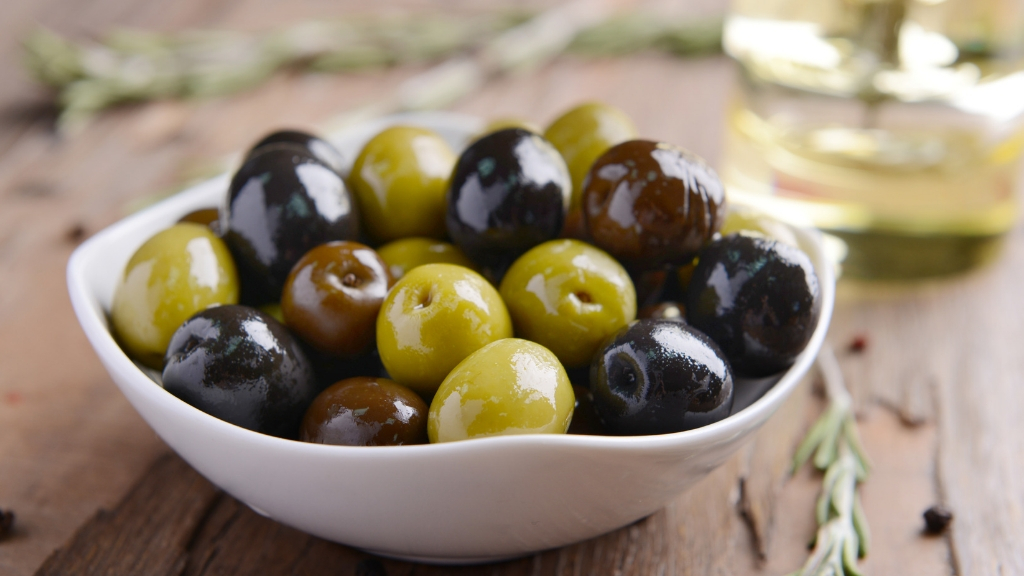
The Bottom Line
Candida is opportunistic, which means it waits for the right situations to take advantage. A weakened immune system or depleted gut bacteria are examples of such a situation.
Research still continues to evaluate the effectiveness of the Candida diet, but studies have been promising. The diet eliminates foods that feed Candida and replaces them with foods that encourage gut bacteria growth. A high bacterial count means low Candida counts, which ultimately means good health for you.












